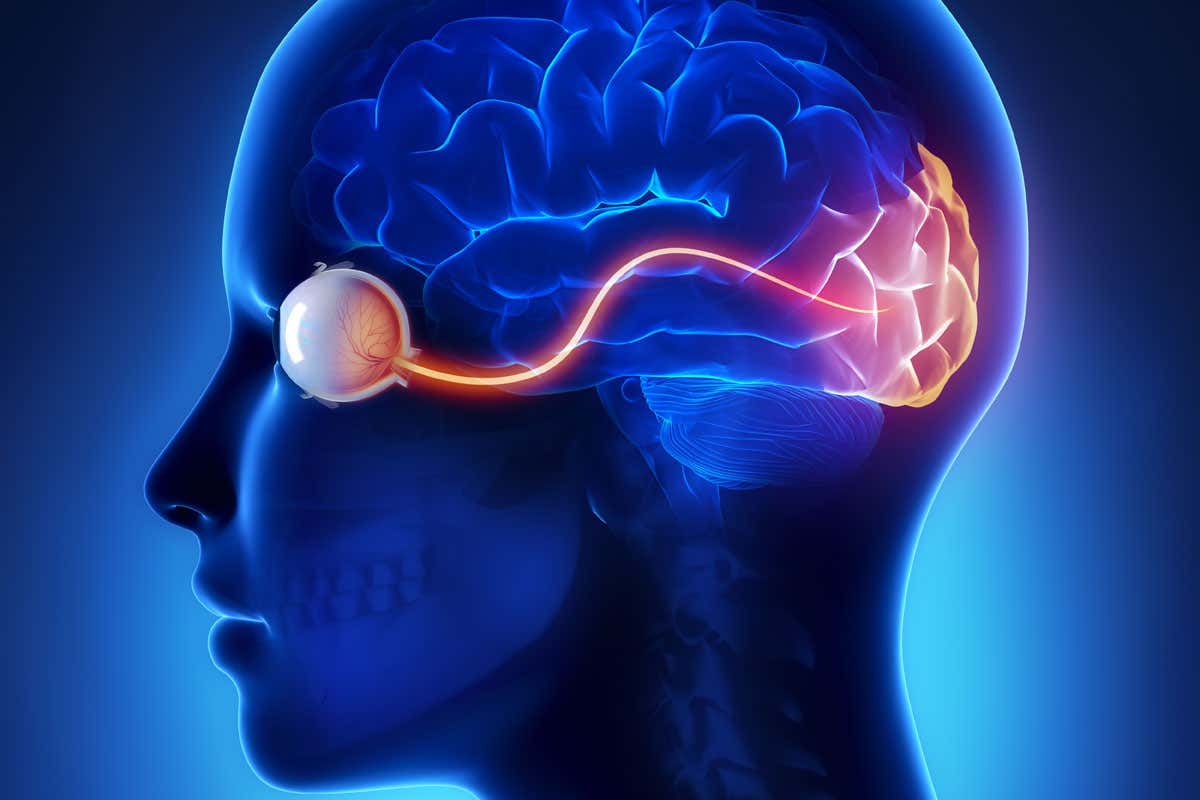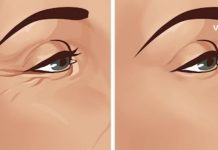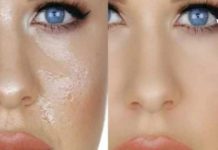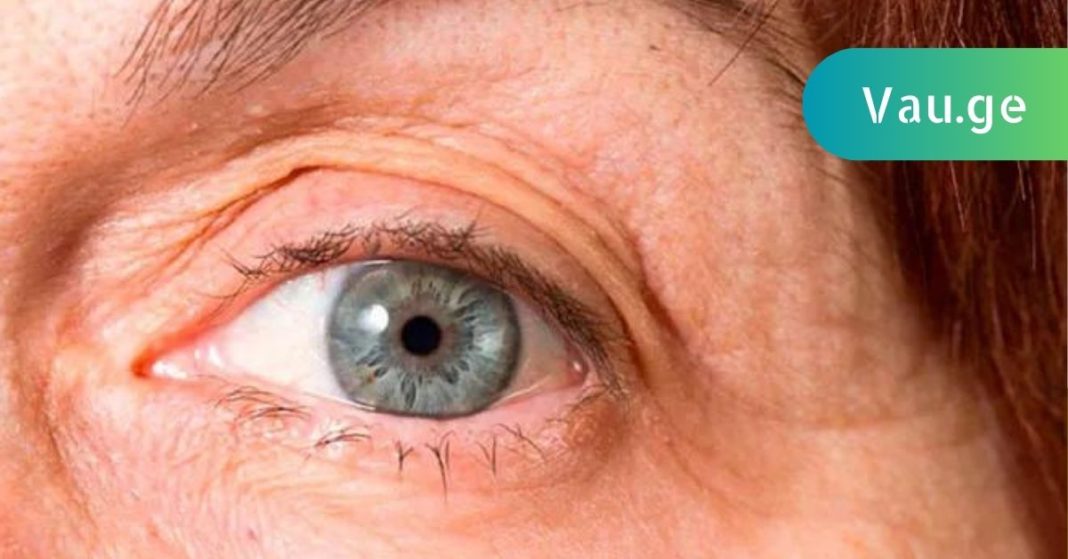Spending more time outdoors and regularly visiting an ophthalmologist for preventive check-ups can significantly help maintain good eye health.
But what exactly is considered normal vision, and how can we define “good” eyesight?

What Determines Sharp Vision?
There are two key mechanisms responsible for visual clarity:
- Refraction – This is the eye’s ability to bend (or refract) light rays so they focus precisely on the retina. Refraction is measured in diopters. Ideally, the optical system of the eye works perfectly, and the light focuses directly at the center of the retina. When the image focuses either in front of or behind the retina, it results in refractive errors. The most common types of these errors are:
- Myopia (nearsightedness)
- Hyperopia (farsightedness)
- Astigmatism (irregular curvature causing distorted vision)
- Accommodation – This is the eye’s natural ability to adjust focus between objects at varying distances. The eye does this by changing the shape of the lens. The closer an object is, the more the lens needs to bend light. This adaptive function declines with age.
Visual acuity is usually tested using an eye chart with letters, numbers, or symbols of various sizes, called optotypes. The smaller the line a person can clearly read, the sharper their vision.
Normal visual acuity is considered to be 1.0, which means a person can clearly read the 10th line on the chart from a distance of 5 meters (about 16 feet) with each eye individually.
How Vision Changes with Age
From birth, the human body is in constant development, and the visual system is no exception. Vision evolves significantly throughout a person’s life. That’s why early diagnosis and treatment of eye problems are crucial in children. There are specific life stages where the visual system undergoes the most important transformations:
Infancy and Childhood
Newborns can only respond to light but cannot distinguish shapes, colors, or objects. By 2 to 3 months of age, babies begin to see outlines and track movement. During this early stage, many infants are diagnosed with hyperopia (farsightedness), which is normal because their eyeballs are still small.
The visual system in children remains unstable until about the age of 14. During this period, refractive errors are common, especially myopia (nearsightedness). It typically begins during school age—between 6 and 15 years old—and can be influenced by both genetic and environmental factors.
Some external causes of developing myopia include:
- Increased visual stress from studying, screen time, and reading
- Poor lighting at workstations
- Low levels of physical activity
Unfortunately, children often do not recognize they have vision problems. Parents should be alert to behavioral changes such as:
- Holding books too close while reading
- Frequent headaches
- Decline in academic performance
Early detection and timely correction—using glasses or rigid contact lenses—can help slow the progression of myopia. In most cases, the development of myopia begins to stabilize around age 15 and becomes relatively stable between ages 20 and 22.
If myopia continues to worsen significantly into adulthood, it is often due to genetic predisposition. In severe cases, it can be accompanied by complications such as glaucoma, retinal issues, or other eye diseases.
Ages 20 to 40: Maintaining Stable Vision
Between the ages of 20 and 40, vision should typically remain stable, and individuals should be able to focus comfortably on objects at all distances—near, far, and intermediate. This is due to the still-functional accommodation mechanism of the eye. However, it’s increasingly common to see young adults wearing glasses or contact lenses. This can be attributed to several causes:
- Refractive errors that were never properly corrected during adolescence
- Genetic predisposition to vision problems
- Certain systemic diseases that negatively affect the eyes
- Prolonged screen use or reading without appropriate visual breaks
During this stage of life, many people work in office settings or study intensively, leading to increased screen time and visual fatigue. Lack of preventive habits—like adjusting lighting, taking breaks, and maintaining ergonomic posture—can accelerate the onset of visual decline.
Final Thoughts
Vision is a dynamic system that changes with age. While some changes are natural and inevitable, many issues can be managed or even prevented with the right care. Regular check-ups with an ophthalmologist, proper vision hygiene, and healthy lifestyle habits all play a crucial role in preserving eye health throughout life. Early diagnosis and timely correction are key, especially in children and adolescents, to prevent long-term complications.
So, take care of your eyes—go outside more often, reduce screen time when possible, and don’t skip your annual eye exams.


















